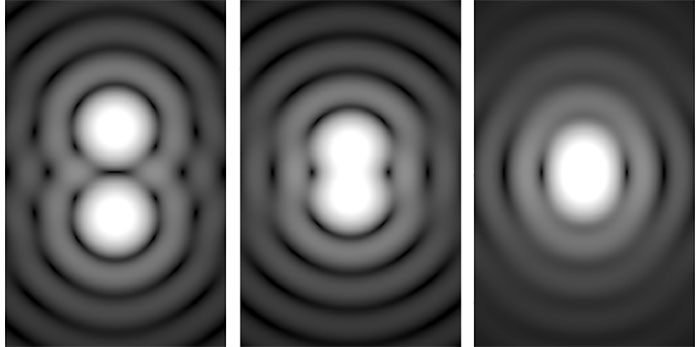

In order to enable two objectives to be compared and to obtain a quantitative handle on resolution, the numerical aperture, or the measure of the solid angle covered by an objective is defined as: If the condenser aperture angle matches the objective, maximum resolution is obtained. The sum of the aperture angles of the objective and the condenser is referred to as the working aperture. This enables the objective to gather light rays that are the result of larger diffraction angles, increasing the resolution of the microscope system. In order to increase the effective aperture and resolving power of the microscope, a condenser (Figure 1(b)) is added to generate a ray cone on the illumination side of the specimen. Light diffracted by the specimen is presented as an inverted cone of half-angle ( α), which represents the limits of light that can enter the objective. Illustrated in Figure 1(a) is a simple microscope system consisting of an objective and specimen being illuminated by a collimated light beam, which would be the case if no condenser was used. Higher values of numerical aperture permit increasingly oblique rays to enter the objective front lens, which produces a more highly resolved image and allows smaller structures to be visualized with higher clarity. The smaller the object, the more pronounced the diffraction of incident light rays will be. If small objects (such as a typical stained specimen mounted on a microscope slide) are viewed through the microscope, the light incident on these minute objects is diffracted so that it deviates from the original direction (Figure 1(a)). Light of green color has a wavelength range centered at 550 nanometers, which corresponds to 0.55 micrometers. As a reference, it is important to know that 1 millimeter equals 1000 micrometers and 1 micrometer equals 1000 nanometers. White light consists of a wide spectrum of electromagnetic waves, the period lengths of which range between 400 and 700 nanometers. Image-forming light waves pass through the specimen and enter the objective in an inverted cone as illustrated in Figure 1(a).

The numerical aperture of a microscope objective is the measure of its ability to gather light and to resolve fine specimen detail while working at a fixed object (or specimen) distance.


 0 kommentar(er)
0 kommentar(er)
